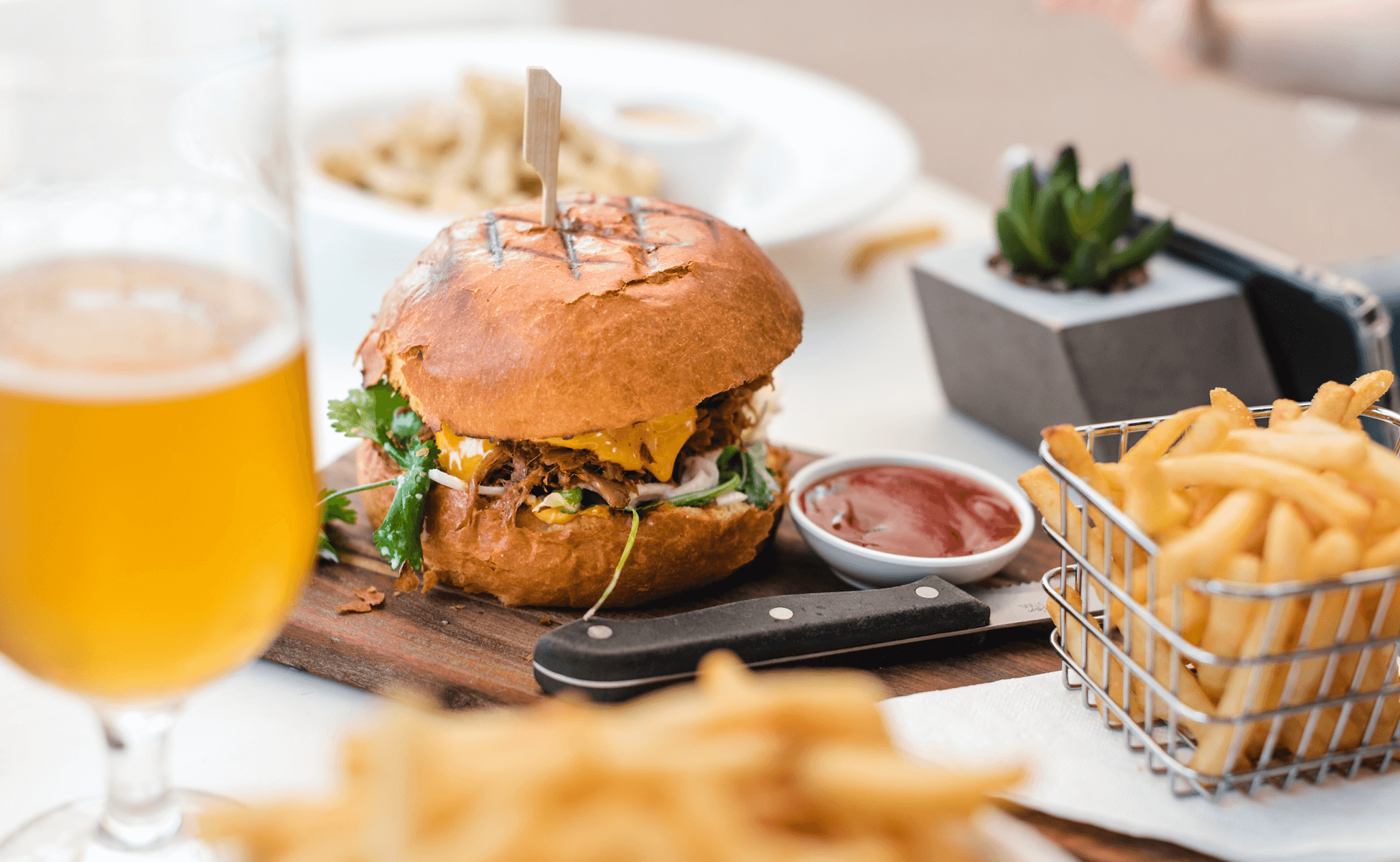Why Are Some Fine Dining Restaurants Heading Fine-Casual?
Danny Meyer coined the phrase, “Fine-Casual Dining”, and describes how this new kind of restaurant marries together the ethos and flavours of fine dining with the speed and convenience of a fast-food experience. Danny’s two fine casual restaurants, Shake Shack and his pizza restaurant Martina are shining examples of the success of this growing trend.
Supply Equals Demand
Market research firm Mintel reports that 69% of consumers want to see more restaurants with a casual atmosphere but high-quality food.
The majority of diners and restaurateurs are excited by the opportunities presented by this new type of concept. Some industry experts argue over the validity of the order of this definition, saying that since “casual” typically refers to the quality of the food and typically a wide variety of beverages available, while “fast” refers to the speed of the diners’ experience. Therefore blending these concepts together with efficient and delicious meals with premium beverages available, means these restaurants should in reality be called “fast fine.”
Fine Casual Does Not Mean Casual Quality
Today’s diners may be willing to give up table service and restaurant trappings, but not quality food. Guests may not have the time or money for fine dining, but they still want to eat well.
“Diners are smarter and more demanding than they used to be,” says Aaron Ginsberg, director of strategic development for Make It Nice group. “Maybe they used to go to a salad bar for lunch, but now they know they can spend $10 to $15 and get a really good meal.” The lesson is to stand out: figure out what diners love about your brand and zero in on it in different settings.
Adding fast-casual restaurants to a fine dining portfolio doesn’t cannibalize business, but rather allows a brand to attract more regular customers.
A Fine (Yet Casual) Experience
A fine casual restaurant combines the sit-down service of fine dining with the convenience and quickness of fast-food establishments. They can boast healthier options and menu items prepared with fresher ingredients than typical fast food options, and although customers may still order at a kiosk or counter, food is often brought out to their table where they’re encouraged to relax and enjoy eating in more comfort in a dining area. Fine casual restaurants also include more customizable options than fast food places.
Popular fast-casual restaurants include:
Making the distinction between fine casual and fast food or fine dining can provide several benefits for your business. Below are a few ways operating a fast-casual restaurant can be beneficial:
“Fast food” is often associated with unhealthy options, making “fine casual” a more appealing choice for many being conscious of their diet
Fine casual kitchens can charge more per menu item than fast-food restaurants because of the additional quality of service and fresher ingredients
Most fast-food restaurants are operated by franchisees, whereas fine-casual offerings could be both franchises and independent operations
Having customers pay when they order offers quick service for those busy lunchtime rushes
Fine casual restaurants can usually accommodate larger parties better than fine dining establishments
A Fine Casual New World
An increasing number of customers are looking to create environmentally conscious and ethical decisions when it comes to their food choices. This means alternative diets such as veganism and vegetarianism are making their way into mainstream menus. Substitutions and accommodations for non-meat eaters will become a thing of the past, as entire menus are being crafted around the use of protein alternatives and plant-centric entrees. In conjunction with this push, companies like Beyond Meat and Impossible Foods are producing protein alternatives that mimic the look, taste, and texture of real meat.
While there will be no downturn in delivery, fine casual restaurants may find a surprising uptick in customers choosing to stay and eat in the dining area. That’s because more and more restaurants are emphasizing the dining experience, which in turn provides customers with more social satisfaction than eating at home.
There is also great future scope, as millennials and Generation Z, the largest group of consumers dining out, emerge as avid followers in the fine casual potential audience; more likely to pick a fast casual restaurant that provides deals and discounts over one that does not. While the concept isn’t new, fine casual restaurants will be using sharing plates and comfort foods to create hearty, filling dishes in unique ways. These include buddha bowls, ramen, poke bowls and grab and go options.
Increasingly, these new, and some old, consumers want to know where their food is coming from and the ethical impact it has on the environment and labor around the world. Fast casual restaurants can expect consumers to demand food transparency on their menus. This includes where the food was sourced from, calorie counts, and allergen warnings. Products deemed “fair trade” have been bought from producers at a fair price, often in developing countries. Common fair trade food items include bananas, honey, coffee, and tea.
Final Thought
Fine casual restaurants are in the enticing position to create unique flavours and offer fresher or more exotic ingredients than most fast food kitchens. Taking advantage of this year’s top fine-casual food trends can help your business stand out in a crowd. Pair your fresh and exciting menu options with any of the above suggestions to help grow your customer base and turn curious consumers into weekly regulars.

